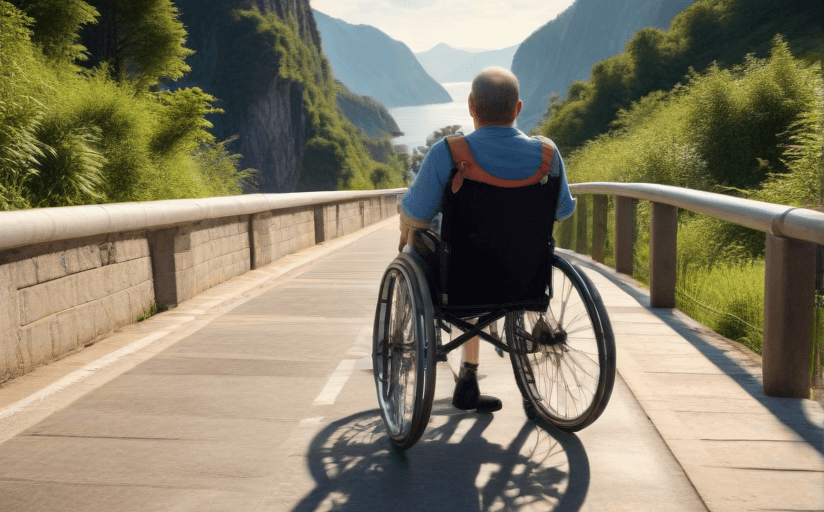Traveling for the Physically Challenged: Uncovering Accessibility in Popular Tourist Destinations
The great allure of travel is that it offers an escape from the banal monotony of daily life and a chance to immerse oneself in new cultures and experiences. However, for individuals with physical challenges, the thought of traveling can incite feelings of apprehension and concern about accessibility and their needs being met. The good news is that strides are being made in the tourism industry to improve accessibility options at popular tourist destinations across the globe.
Challenges Faced by Physically Challenged Travelers
Physically challenged travelers often face several obstacles, including but not limited to limited access to buildings, poor infrastructure, inaccessible transportation, and a lack of proper accommodations. Every aspect of their journey, from the moment they step out of their house till they return, requires meticulous planning to ensure a smooth journey.
Provisions for the Physically Challenged in Popular Tourist Destinations
Diverse tourist destinations are implementing innovative solutions to turn these challenges into opportunities. One stellar example is the city of Barcelona, which prioritizes making all its public areas accessible to everyone, and is known as one of the best cities for accessibility in Europe. Several attractions such as Park Güell and the famous Casa Batlló are fully wheelchair accessible. Similarly, London has extensive accessibility provisions with nearly all the tube stations having step-free access and majority of London's buses being low-floor.
Innovative Solutions for Accessibility
Many attractions are now investing in state-of-the-art technology to enhance the overall experience for physically challenged tourists. From virtual reality tours to dexterous mobility devices like the WHILL Model Ci, a personal EV that is adaptable to various terrains. Museums in Paris have gone a step ahead and offer tactile tours enabling visually impaired visitors to sense the exhibits in a unique way.
Personal Experiences
As someone with a walking disability, I can personally vouch for the improvements over the years. Last year, I had the chance to visit the Grand Canyon National Park where I experienced firsthand how they have single-handedly revolutionized accessibility. This popular tourist spot is home to the Scenic Drive Accessibility Permit, a program that allows physically challenged individuals the chance to access and enjoy areas of the park in their vehicle that are typically off-limits to public traffic.
Suggested Measures for Enhanced Accessibility
Though a vast improvement has been witnessed, there is still room for better changes. Destinations worldwide should initiate the process of creating awareness about the importance of accessibility in tourism. More importantly, stakeholders in the travel and tourism industry should be educated and trained in understanding the needs of the physically challenged. A universal design approach to facilities and services, catering to all types of tourists is needed.
Travel has the power to transform, enlighten, and provide a holistic perspective towards life. It is mission critical to make such experiences accessible to all, taking the idea of inclusive tourism forward, because everyone has the right to travel.


















Comments
Leave a Comment